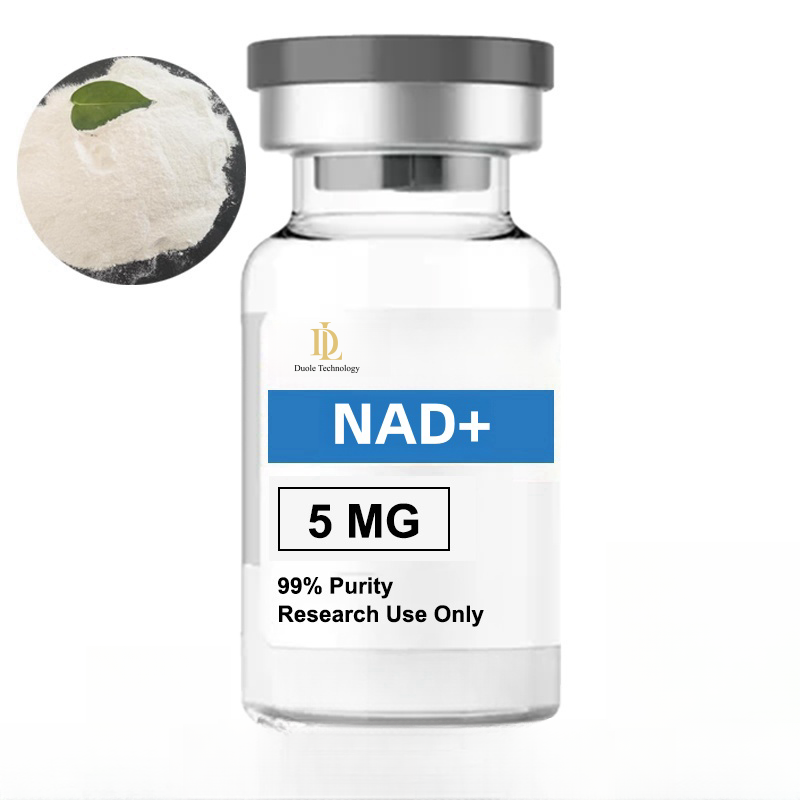-
Categories
-
Pharmaceutical Intermediates
-
Active Pharmaceutical Ingredients
-
Food Additives
- Industrial Coatings
- Agrochemicals
- Dyes and Pigments
- Surfactant
- Flavors and Fragrances
- Chemical Reagents
- Catalyst and Auxiliary
- Natural Products
- Inorganic Chemistry
-
Organic Chemistry
-
Biochemical Engineering
- Analytical Chemistry
-
Cosmetic Ingredient
- Water Treatment Chemical
-
Pharmaceutical Intermediates
Promotion
ECHEMI Mall
Wholesale
Weekly Price
Exhibition
News
-
Trade Service
(αR)-α-(Chloromethyl)-4-fluorobenzenemethanol, commonly referred to as (αR)-α-CClF2Benzyl alcohol, is a heterocyclic compound that is widely used in the chemical industry.
This compound is synthesized by several methods, and the choice of synthesis method depends on the desired product purity, yield, and cost-effectiveness.
In this article, we will discuss the synthesis methods of (αR)-α-(Chloromethyl)-4-fluorobenzenemethanol, its applications in the chemical industry, and the safety precautions that should be taken into account when handling this compound.
Synthesis Methods of (αR)-α-(Chloromethyl)-4-fluorobenzenemethanol
There are several methods that can be used to synthesize (αR)-α-(Chloromethyl)-4-fluorobenzenemethanol, including the following:
- Etherification of 4-fluoroacetophenone with benzyl alcohol in the presence of a Lewis acid catalyst, such as aluminum chloride or zinc chloride.
This method involves the reduction of 4-fluoroacetophenone to 4-fluorobenzaldehyde, which is then reacted with benzyl alcohol in the presence of a Lewis acid catalyst to form (αR)-α-(Chloromethyl)-4-fluorobenzenemethanol. - Reductive nitration of benzyl chloride with sodium nitrate in the presence of a solvent, such as acetone or ethyl acetate.
This method involves the reduction of nitrobenzene to 4-fluorobenzaldehyde in the presence of sodium nitrate, followed by the reaction of the resulting aldehyde with benzyl chloride to form (αR)-α-(Chloromethyl)-4-fluorobenzenemethanol. - Reduction of 4-chloro-3-fluorobenzenemethanol with hydrogen in the presence of a catalyst, such as palladium on barium sulfate.
This method involves the reduction of 4-chloro-3-fluorobenzenemethanol to (αR)-α-(Chloromethyl)-4-fluorobenzenemethanol using hydrogen gas and a palladium catalyst.
Applications of (αR)-α-(Chloromethyl)-4-fluorobenzenemethanol
(αR)-α-(Chloromethyl)-4-fluorobenzenemethanol is used in a wide range of applications in the chemical industry, including the following:
- Used as a building block for the synthesis of pharmaceuticals, fragrances, and agrochemicals.
- Used as a solvent for various organic compounds
- Used as a raw material for the production of plastics, dyes, and other synthetic materials
- It can be used in the production of various types of ink, including ballpoint pen ink, printing ink, and inkjet ink.
- Can be used as a fuel additive in the production of biodiesel and other types of alternative fuels.
- Used as a reaction medium in chemical reactions such as alkylation, halogenation and sulfonation.
Safety Precautions for Handling (αR)-α-(Chloromethyl)-4-fluorobenzenemethanol
(αR)-α-(Chloromethyl)-4-fluorobenzenemethanol is a hazardous chemical that should be handled with caution.
The following safety precautions should be taken into account when handling this compound:
- Wear appropriate personal protective equipment (PPE), such as gloves, goggles, and a lab coat, when handling this compound.
- Use this compound in a well-ventilated area







